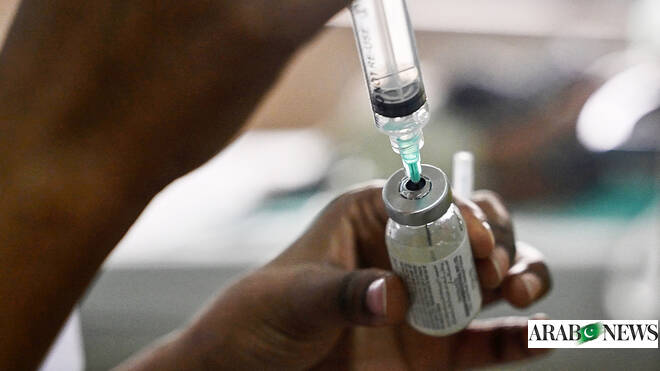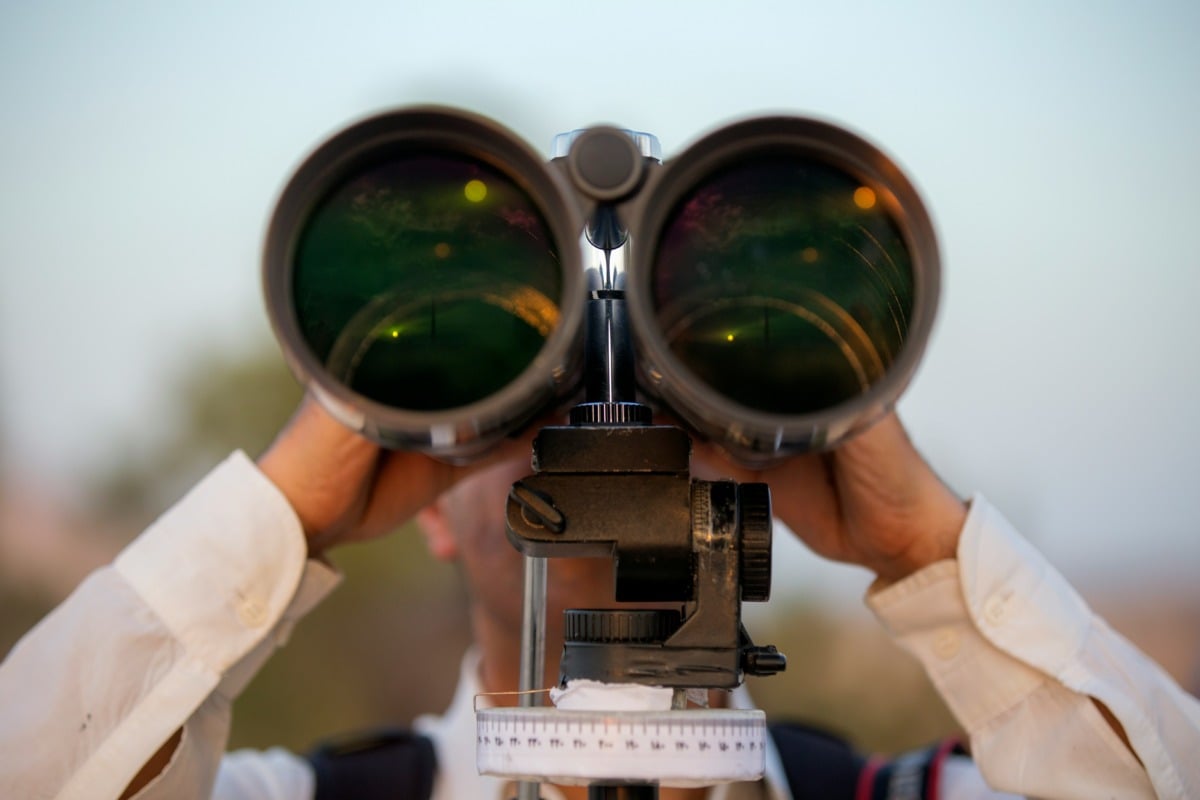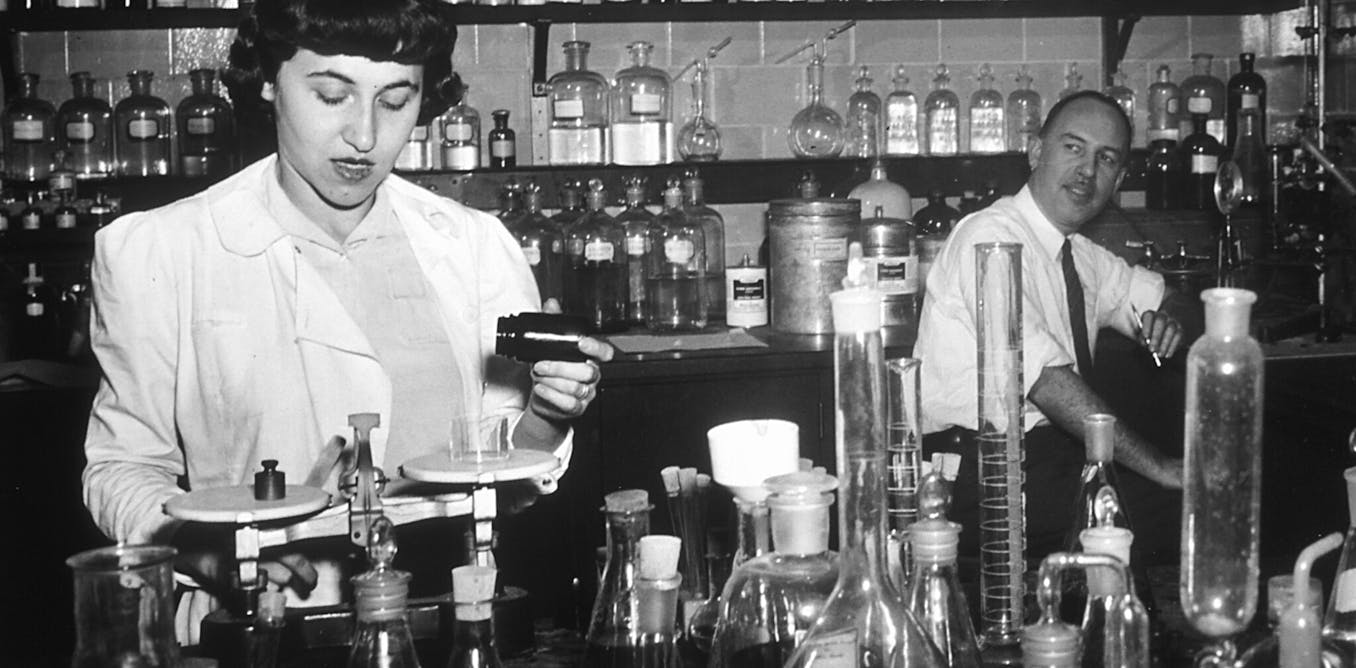Visitors at an NHS trust are being asked to wear face masks across its site as cases of respiratory illnesses rise.
The Royal Berkshire NHS Trust, which runs the Royal Berkshire Hospital in Reading, announced the measure is to help its “vulnerable…

Visitors at an NHS trust are being asked to wear face masks across its site as cases of respiratory illnesses rise.
The Royal Berkshire NHS Trust, which runs the Royal Berkshire Hospital in Reading, announced the measure is to help its “vulnerable…

TEHRAN, Iran: Afghanistan’s neighbors met in Iran and agreed to deepen regional coordination to address political, economic and security challenges, as well as calling for sanctions on Afghanistan to be…

For this year’s ‘biotechs to watch’ selection, each Labiotech journalist picked five companies they believe will be worth following in 2026. Some earned their spot after clear momentum in 2025, while others have important clinical,…

There is no cure for the rare disease Hereditary Spastic Paraplegia (HSP), but researchers from Drexel University’s College of Medicine…

Doctors may not need to avoid steroids before biopsy in patients with a common aggressive lymphoma, according to a new study from a US academic medical center. The research suggests that short-term corticosteroid use does not appear to…


As a young medical student in 1975, I walked into a basement lab at the National Institutes of Health in Bethesda, Maryland, to interview for a summer job.
It turned out to be the start of a lifelong affiliation – first as a trainee, then…

Restful sleep is essential for regeneration and energy balance and plays an important role for mental- and physical health.1–8 Insufficient sleep is manifested by daytime fatigue and reduced performance and can lead to increased…

The neurological disorder epilepsy is particularly frequent during pregnancy. Epilepsy affects women of childbearing age and the prevalence of epilepsy during pregnancy is 0.3–0.7.1 Although pregnant women with epilepsy (WWE) are…

Skin metastasis refers to the spread of cancerous cells from a primary internal cancer to the skin and represents a manifestation of advanced systemic disease with poor prognosis.1,2 The presence of skin metastasis often indicates…